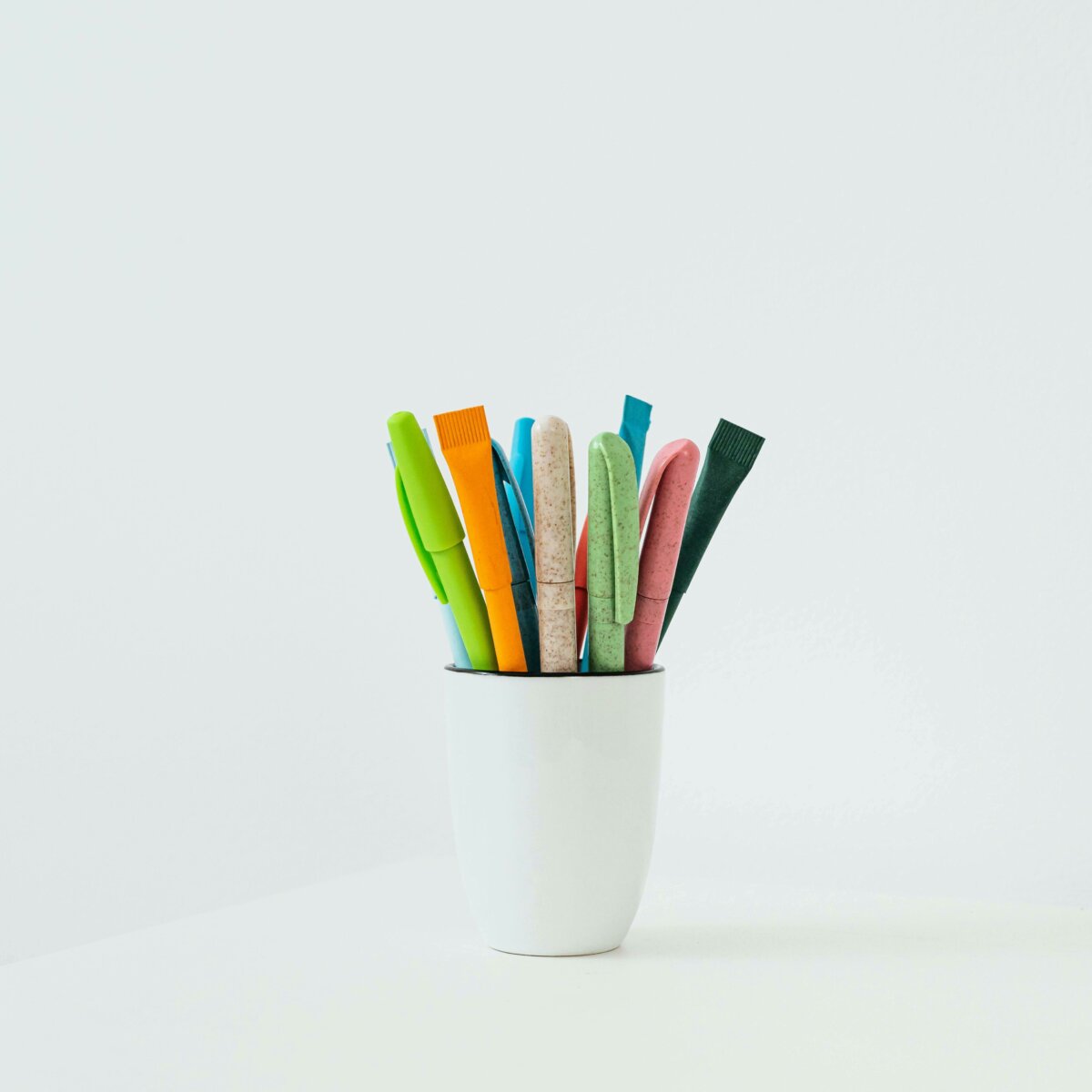- Expand Your Marketing and Outreach

- Expand Your Marketing and Outreach
The best fundraising emails know if the recipient is a previous donor
A great email is personal. This is particularly true with a fundraising email. Your email seeks to make a connection to the recipient. Of course, you want to have a connection around your mission. But what if the recipient is a previous donor?
The best fundraising emails know if the recipient is a previous donor. They use this information to tailor the ask to a previous donor uniquely from other recipients. This is critical to maintaining and growing your donor relationships.
Emails that speak to everyone often are emails that speak to no-one
It is so easy for a bulk email to read like a blanket advertisement. To avoid this, we learn to personalize our emails. Emails that find an authentic way to be a conversation with the recipient get results. A great email is direct in language and informed about the recipient's relationship with your organization.
To send informed email campaigns, you need data about your recipients. Data is the way. From a recipient's first name to the date of their last donation, the right data makes relationship building in your emails possible.
What are the right data to personalize your donation emails?
Here are four pieces of information you want to have about your subscribers who are donors.
- First name
- Last donation date
- Last donation amount
- Recurring status
- Recurring frequency (monthly, annually, ...)
Knowing the above can make all the difference in your asks. Here are some ideas for how these data can impact your campaigns.
- In all cases, be sure to acknowledge their generosity. Thank them for the impact they are making.
- If someone donated yesterday, you might not want to send them an ask today.
- It someone donated in the past year, ask if they can make another. If they are not already a recurring donor, you may ask them to consider becoming one.
- If someone is a recurring donor you may ask them to increase their amount. Maybe, you don’t ask them for more at all. Instead, you highlight another action they can take to support your organization.
- If they donated over a year ago, your ask might see if they are able to donate this year?
It can be time consuming to create different campaigns to personalize them. It may only be practical to only consider a couple data points for a given ask. The fun part is if you have these data, you have creative options to show your donors love and respect for their previous support. You also have tools to inspire a more meaningful next step given their previous support.
How do I get these data?
The answer to this question is it all about the tools you are using. Many of our clients use Mailchimp for email marketing. A growing number of our clients are using Fundraise Up for online donations. Fundraise Up is a modern platform that understands that sharing data with other tools is essential. These two tools embrace integration and therefor it is not hard to connect them and automate the process of sharing data.
There are so many fundraising tools that embrace integration. Combine them with automation to share collected donor data and with your email marketing platform.
If you have to manually import your donation data or if your donation platform locks your data in, it may be time to rethink your process and tools.
Sticking with platforms that get in the way of personalizing your emails may be more costly in the end than switching to more modern offerings.
What if I have Mailchimp and can get my donor data into it, how do I stored these data and use them to personalize with?
There are three ways to store data about Mailchimp contacts. These include tags, groups, and audience fields. We’d recommend storing these data as audience fields in Mailchimp. Store dates in date fields, and often the rest can be simple text fields. We also recommend applying a simple “donor” tag to everyone who ever donated.
There are three main ways you can use donor data to personalize your email marketing campaigns in Mailchimp.
- Merge audience field data to the content of your campaign. For example, if you want to thank them for their recent donation of ##.## dollars. You can merge that data in from your custom audience field that has the last donation amount.
- Define target audiences to focus your campaigns. For example, if you only want to send this campaign to people who have not donated this year. You can create a segment to use on multiple campaigns. You can also define your target recipients when setting up your campaign.
- You can use date from audience fields and groups to have dynamic content in your campaign email. This allows you to have a single email but with different blocks of content shown only to people who meet conditions you can set based on their data. You could have a text block with content that speaks to recurring donors and another that is for people who have never donated before. Using dynamic content can save a lot of time. It empowers you to use one campaign yet serve different content.
Acknowledge your donors for the partners they are
A fundraising campaign often will involve sending more than one ask across many emails. How excellent is it when someone new donates right after the first email. That is a great result that you worked hard to achieve. Your cause and appeal connected and inspired your desired action. But, then your new donor gets a second and third email that asks them to donate as if they never donated before. It’s like their generosity never existed. Any good feeling of your organization hisses away like the air escaping a deflating balloon. Personalizing your campaigns, even just a little bit, can make a huge difference in your supporter relationship.
Creativity and data are the keys to personalization. The right tools also make it easier for smaller nonprofits to achieve personalization. If you have any questions about good tools and automation please reach out. You can message us on Twitter or by email.
More Articles
- Expand Your Marketing and Outreach
Why empty space isn't wasted space: A guide for nonprofit communicators
- Expand Your Marketing and Outreach
Announcing a new design? Don’t just launch—tell the story
Mightier Newsletter
Join our community of nonprofiteers and the partners that support them. Our monthly newsletter includes resources with small and mighty teams in the social sector in mind – sharing tips to help with content creation, website use, marketing, and more.
SubscribeArticles are brought to you by Minds On Design Lab
Minds On Design Lab is a strategic design studio with digital expertise. We're passionate about elevating small and mighty teams in the social sector. We connect people to mission through beautifully designed branding, web, and print.


